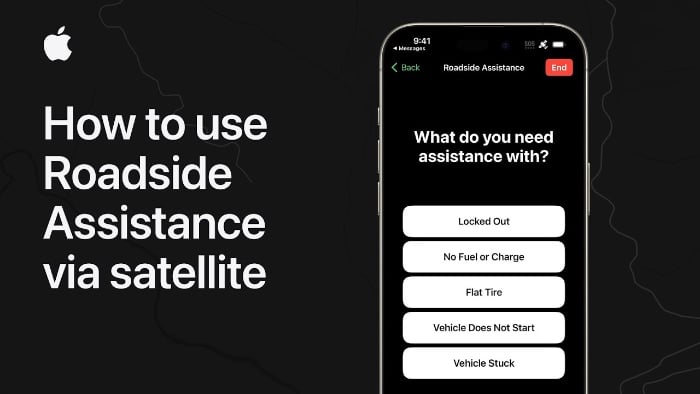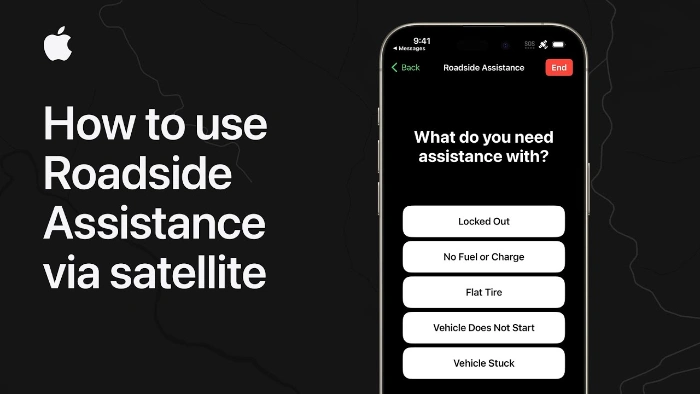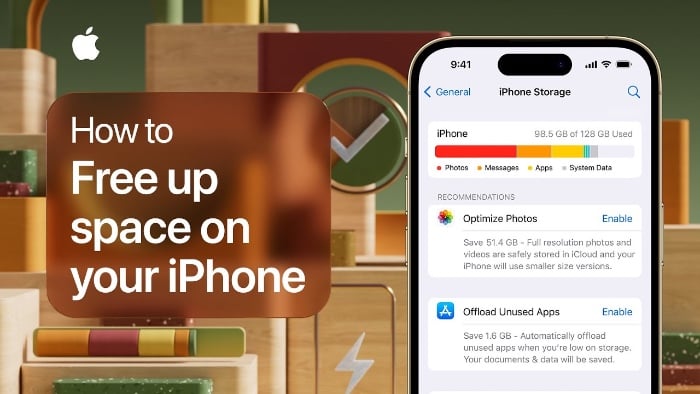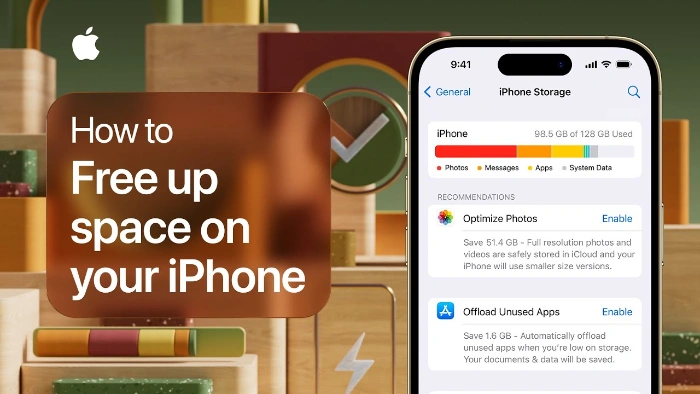Apple’s new iPhone 15 launched last week, and one of the features it comes with is Roadside Assistance via Satellite, this guide will show you how to use this feature on the iPhone 15 and also the iPhone 14. Stranded on a deserted road with no cellular or Wi-Fi coverage? Don’t worry, your iPhone 14 or iPhone 15 has got you covered. Apple’s latest innovation, “Roadside Assistance via Satellite,” allows you to request help for your car or truck even when you’re off the grid. In this article, we’ll walk you through the steps to use this life-saving feature effectively. The video below from Apple explains how this feature works.
Satellite Icon: Your First Clue
When you find yourself in a location without cellular or Wi-Fi coverage, a satellite icon will appear in the top-right corner of your iPhone screen. This is your cue that the “Roadside Assistance via Satellite” feature is now accessible.
Initiating the Request for Help
- Open Messages App: Navigate to your Messages app on your iPhone.
- Enter Contact: In the contact field, type “Roadside.”
- Select Service: Tap on “Roadside Assistance” to initiate the request.
Choosing the Type of Assistance
Once you’ve initiated the request, you’ll be presented with two options:
- Roadside Assistance: For non-emergency situations like a flat tire or engine trouble.
- Emergency: For urgent situations requiring immediate attention.
Provider Selection: Your Choice of Help
You’ll then be prompted to choose a roadside assistance provider. Don’t worry if you’re not a subscriber to any of the listed services; you can still get assistance for a fee.
Confirming Information
Follow the on-screen directions to specify the type of assistance you need. You’ll also be asked to confirm your contact information. Make sure everything is accurate before proceeding.
Satellite Tracking: Sky’s the Limit
For the feature to work effectively, move to a location with a clear view of the sky. Your iPhone will guide you to align yourself with the moving satellite for optimal communication.
Stay in Touch
Once a connection is established, you’ll be able to text back and forth with your chosen roadside assistance provider. This will allow you to discuss the type of help needed and any payment requirements.
Coverage and Availability
This feature is exclusive to iPhone 14 and iPhone 15 users in the U.S. The best part? It’s free for the first two years with the activation of a compatible device.
Summary
The “Roadside Assistance via Satellite” feature on the iPhone 14 and iPhone 15 is a game-changer for those who often find themselves in remote locations. With a few simple steps, you can request help and ensure your safety, all without the need for traditional cellular or Wi-Fi coverage. So the next time you’re venturing off the beaten path, rest easy knowing your iPhone has got your back.
You can find out more details about this new feature for the iPhone over at Apple’s website. We hope that you find this guide helpful and informative, if you have any comments, questions, or tips, please let us know in the comments section below.
Source &. Image Credit: Apple
Filed Under: Apple, Apple iPhone, Guides
Latest timeswonderful Deals
Disclosure: Some of our articles include affiliate links. If you buy something through one of these links, timeswonderful may earn an affiliate commission. Learn about our Disclosure Policy.




